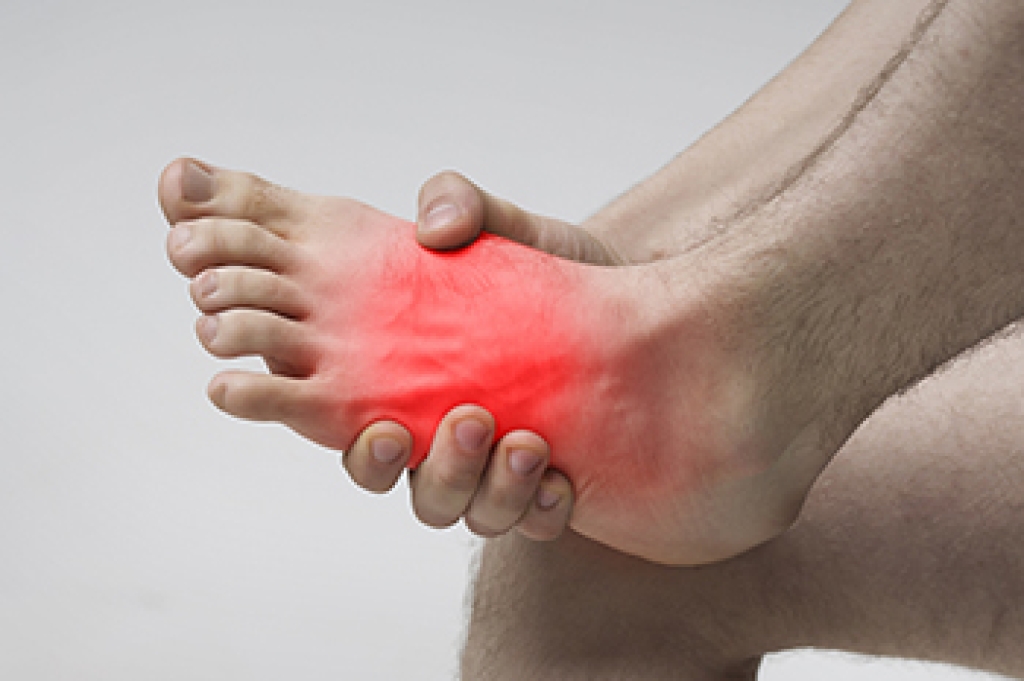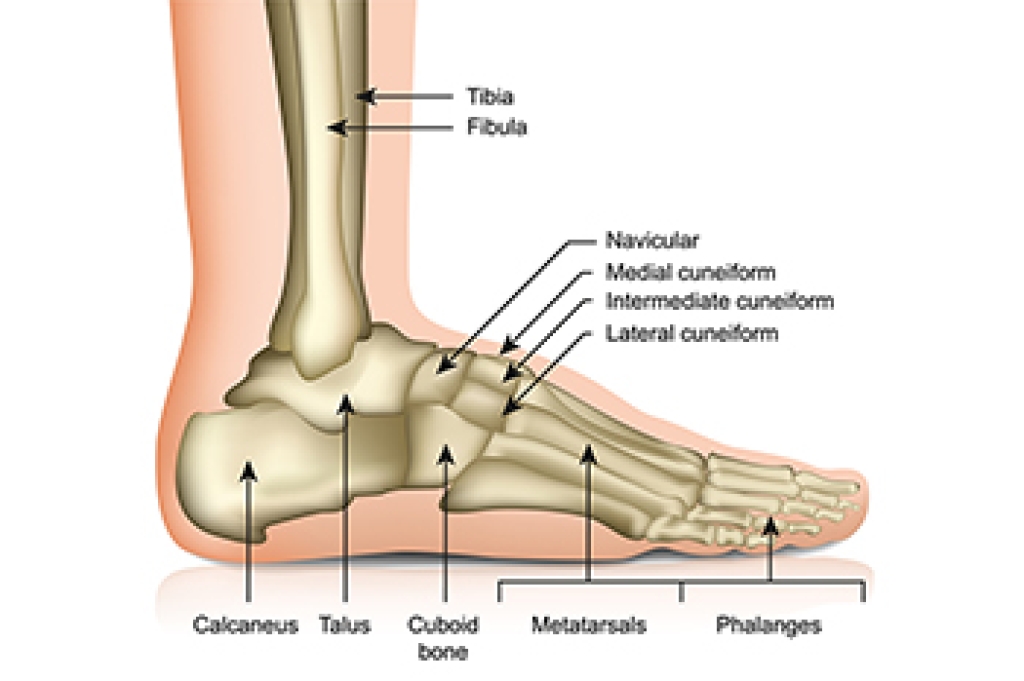
Choosing shoes for a toddler is an important step because their feet are still developing and the bones are soft. Bare feet at home help new walkers learn balance, but shoes for outdoors are needed to protect the feet from rough or cold ground. When selecting shoes for a toddler, look for soft materials, flexible soles, and fastenings that hold the foot securely without squeezing the toes. There should be enough space at the front for toes to move and spread, and the heel should not slip. Canvas, cotton, or leather help keep the feet cool, while synthetic materials can trap moisture. Your toddler’s shoes should be checked frequently because their feet grow quickly and tighter shoes can inhibit normal foot growth. A podiatrist can evaluate your toddler’s feet and offer advice on proper fit. For help in selecting the proper footwear for a toddler or to address any existing foot problems, it is suggested that you schedule an appointment with a podiatrist for a diagnosis and appropriate treatment.
The health of a child’s feet is vital to their overall well-being. If you have any questions regarding foot health, contact Pedram Aslmand, DPM of Advanced Foot and Ankle Center. Our podiatrist can provide the care you need to keep you pain-free and on your feet.
Tips for Keeping Children's Feet Healthy
- Make sure their shoes fit properly
- Look for any signs of in-toeing or out-toeing
- Check to see if they have Clubfoot (condition that affects your child’s foot and ankle, twisting the heel and toes inward) which is one of the most common nonmajor birth defects.
- Lightly cover your baby’s feet (Tight covers may keep your baby from moving their feet freely, and could prevent normal development)
- Allow your toddler to go shoeless (Shoes can be restricting for a young child’s foot)
- Cut toenails straight across to avoid ingrown toenails
- Keep your child’s foot clean and dry
- Cover cuts and scrapes. Wash any scratches with soap and water and cover them with a bandage until they’ve healed.
If you have any questions, please feel free to contact our offices located in Long Beach, CA . We offer the newest diagnostic and treatment technologies for all your foot care needs.





